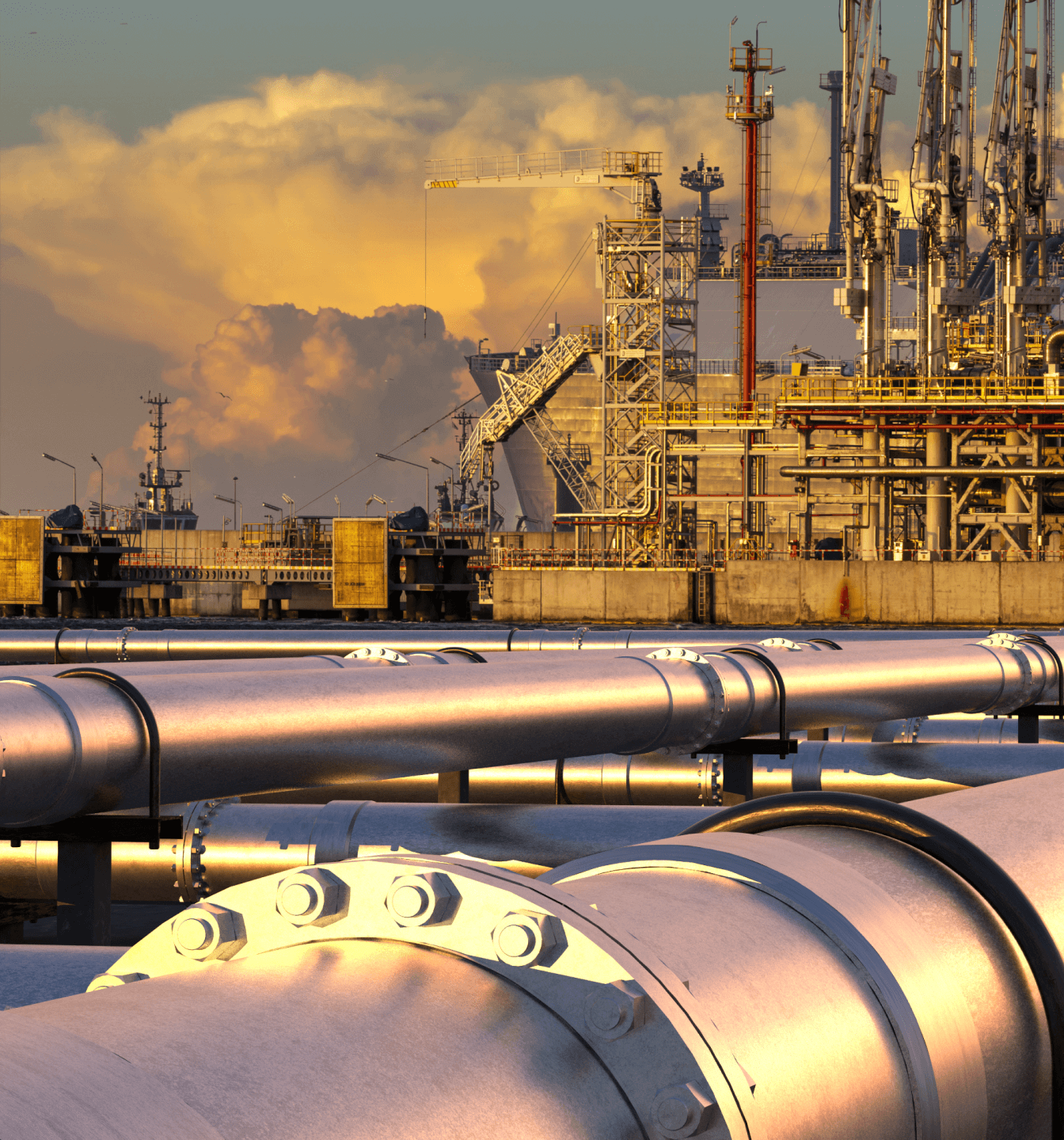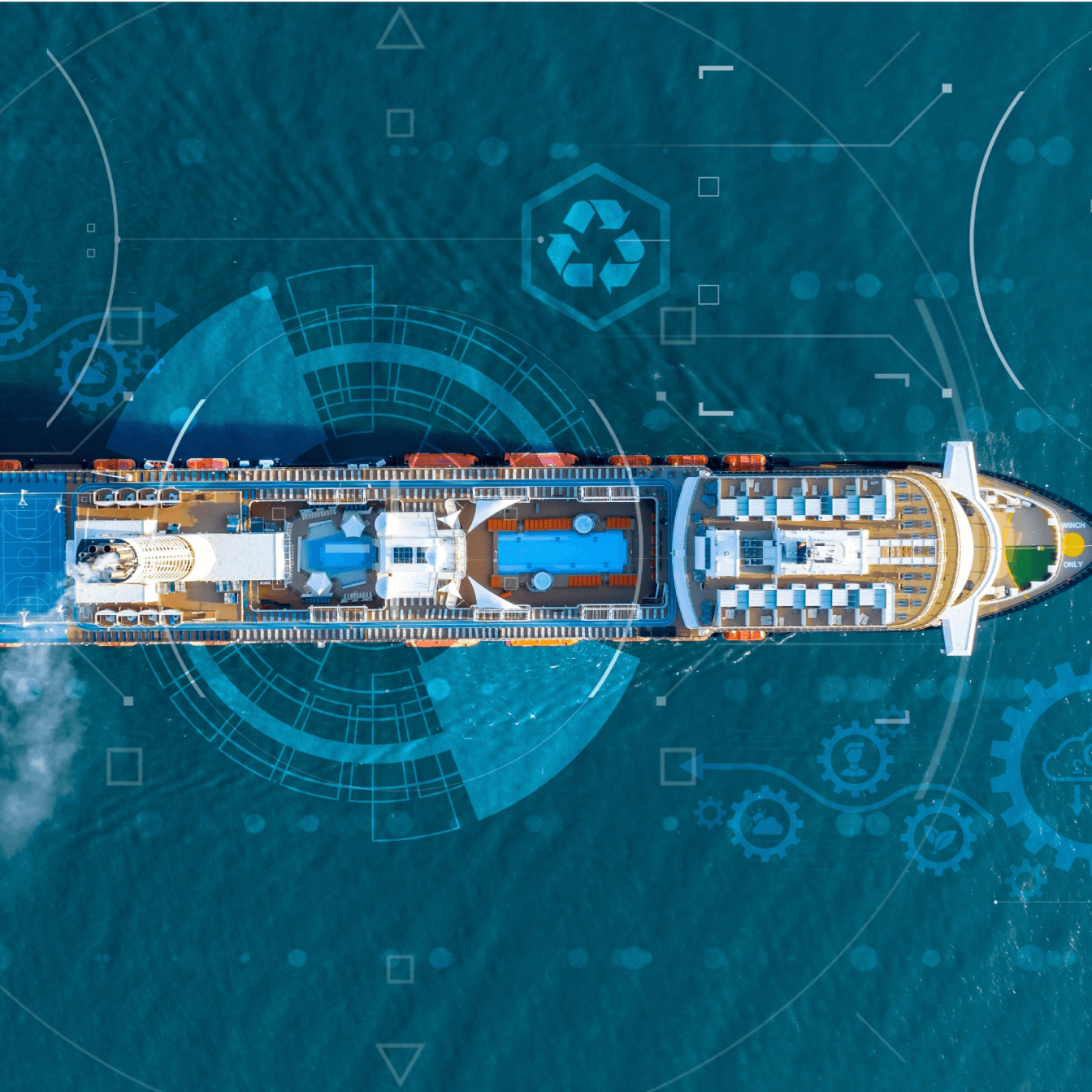
Few industries are more exposed toward rapidly occurring changes and risks than the global maritime industry. Ship real-estate, whether for storing fuel or transporting liquefied gases in bulk over distance, is directly affected by the design and ability of the containment system for holding as much as possible within its given configuration – this is the defining value generating feature of any ship’s performance, irrespective of whether it transports containers, vehicles, gas, bulk, or people.
Pressure vessels constitute a key technology for fulfilling a ship’s functioning, but ultimately demands space that could otherwise be used for revenue generating activities. LATTICE Pressure Vessels (LPV) change the game by switching space-inefficient cylindrical or spherical tanks with new space-optimal prismatic solutions, achieving increased volume carrying capacity anywhere between 20% to 100%.
Transportation and storage of pressurized gas permeates our industrial world and energy systems. New networks and assets, at sea and on land, for transporting, onloading and offloading are required for integrating gas supply chains for LNG and LPG, as well as new energy carriers such as ammonia and liquid hydrogen. And, not least, for facilitating the upcoming CCUS value chain. Storage solutions must be geared up and deployed at scale to meet the tremendous volumes required for the accelerating energy transition.
New, multistage value chains for handling energy carriers and CO2 can be fully facilitated by LPVs. Whether bridging different pressure regimes, accommodating material requirements, or physical integration at site, the LPV ensures that your storage solution is optimally configured and fully compliant for your business operations.


The world is reliant on implementing smart and cost-efficient storage solutions if we’re to succeed in quickly decarbonizing our energy system. For instance, we will require large-scale intermediate storage at sites of industrial emitters; space-efficient fuel tanks for enabling more green mobility; and tailored prismatic storage units for providing even greater efficiencies for intermodal gas supply. Inevitably pressure vessels will define our pathway for proliferating sustainable energy and achieving emission targets.
LPVs are applicable for storing cryogenic fluids including LNG (liquid natural gas), LNH3 (liquid ammonia), LCO2 (liquid carbon dioxide) and LH2 (liquid hydrogen), in addition to other various liquefied gas commodities. This is a true cross-industrial tank solution that delivers client value across industrial boundaries and market segments within the energy transition.
Approved by ASME, all major Classification Societies, US Coast Guard